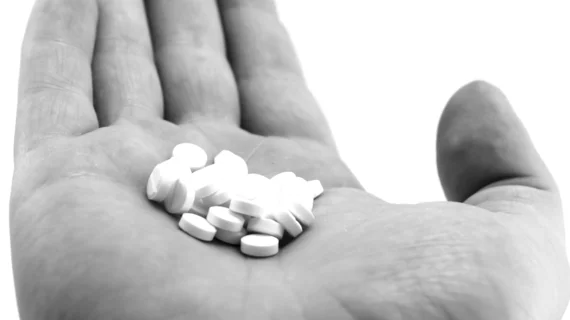In patients with pathologic pelvic fractures, fluoroscopy and cone-beam CT needle-guided percutaneous screw fixation resulted in short rehabilitation times and reduced opioid use, reported authors of a recent study published in Radiology.
A pelvic fracture caused by cancer can result in “debilitating” pain, “heavy” opioid use and an overall decline in life quality, wrote first author, Charles Roux, with Gustave Roussy Cancer Campus in France, and colleagues. Many smaller studies have reported success using fluoroscopic or CT guidance software for internal cemented screw fixation.
The researchers included 107 percutaneous fixation by internal cemented screw (FICS) procedures performed in 100 patients with pathologic fractures from 2010 to 2017. Roux et al. measured pain palliative outcomes and opioid use following FICS with paired-sample t test. The combined average follow-up for all patients was 438 days.
A total of 104 procedures were successful, which resulted in mean post-procedure hospitalization of two days. Fourteen patients experienced complications, the most common being focal pain at procedure site for more than 48 hours (five patients). Overall, the complications were mostly mild (eight patients) or moderate two patients). The results prove the approached is both “safe and effective,” according to the authors.
Additionally, Roux and colleagues found FICS provided a “substantial” palliative effect—80 percent of patients reported experiencing partial or marked pain improvement within the first six weeks. Additionally, the use of opiates was reduced by nearly one-third ( 91.3 g ± 121 to 64.6 g ± 124 at early post-procedure).
“Percutaneous FICS is safe and efficient, feasible, and efficacious as a pain palliative treatment,” the authors concluded. “This minimally invasive approach results in a short rehabilitation and allows for rapid return to systemic cancer therapies.”

